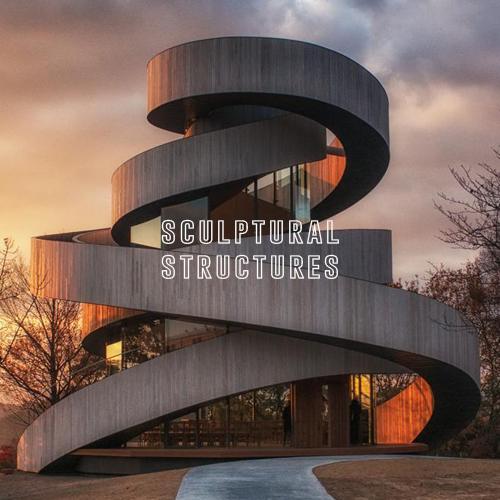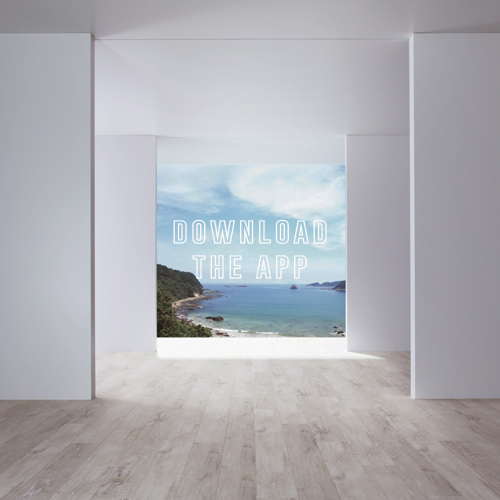Bucket List No. 7: Hydroboard the Icy Rivers of Aletsch Glacier
/Snapshot: Swiss photographer David Carlier shares the details of his adventure capturing shots of the famed Swiss mountain guide Claude-Alain Gailland and canyon guide Gilles Janin as they descend the face of the Aletsch Glacier, riding the surge of icy meltwater in what may be the greatest hydroboarding escapade yet.
Glacial ice flows down from the Swiss Alps like pristine lava, gray, jagged, and traced through with tiny veins of brilliant blue meltwater. This is the setting for the Aletsch Glacier, and underneath what looks like a coating of ash is actually 27 billions tons of ice, slowly melting and coursing through the alpine slopes. In this unbelievable landscape, “four major glaciers meet to create what is called Concordia Place,” describes Carlier, and it’s sometimes hard to fathom the enormity of the space until you see his pictures panning out wide across the glacial cap. It stretches out like a tundra between mountain peaks, displaced and barren except for two ant-like humans wending their way along the course of the glacial run.
ADVENTURE
Of course, you may be wondering, just how does this all work? Well the idea first came to Gailland, who decided a few years back to descend the Rhone River - all the way from its source, a spring in the Rhone Glacier, through to the Mediterranean. How? Through hydrospeed, a water sport in which riders - outfitted in wetsuits, helmets, and fins for propulsion - lie flat on a stiff, foam board and ride the currents of rivers. As Carlier describes, “this was the starting point of our story.” Next, of course, was the biggest glacier in all the Alps, the Aletsch (there’s a reason for the helmet). Gailland found a climbing partner, Janin, and they set to work. As Carlier stressed, it’s no easy venture. Gailland and Janin are “very experienced and full-time professionals,” and both are experienced in this setting of the Alps. Besides a necessity for “huge mountaineering knowledge . . . canyoning knowledge to understand the stream,” and experience with the safety equipment, you have to rely on the mountain weather to remain stable. Water temperature, level, and aeration are all important factors in addition to clear weather. But with a little luck and good preparations, the team had a perfect “voyage” as Carlier’s photographs reveal.
GETTING THERE
Try it out for yourselves. We dare you! Getting to Europe, you can fly in to Milan or Zurich, and flights will run you a half to a grand from JFK. The trip follows a couple of interesting routes, and the path up to the glacial summit starts with a train through the foothills to a cable car from Fiesch or Betten and a gorgeous view of forested subalpine slopes. You pass the tree line into a glittering white expanse, and the cable car leads you to the lower glacier, accessible via a moderate hike (sunglasses recommended). This - most likely - is where the average tourist stops, and affords no lack of breathtaking views. As for our adventurers, this is merely the first leg, after which they portage with little more than their board, helmet, and fins up to the source, surveying the river on the way up. Then . . . it’s all downhill from there.
WHERE TO STAY
Plan your trip from the middle of March on - before this point, the area is pretty much inaccessible and the lodging is on “winter break.” When you do get there (after alighting your cable car), Carlier describes, “as far as you can see there is ice surrounded by big summits.” While remote, within the glacial plateau are the Koncordia Hut, Hollandia Hut, and the Villa Cassel - the last a beautiful alpine villa formerly serving as summer quarters for many of the European elite. Prices range from 50 to 100 USD per night - though pack lightly - because these lodges are only accessible via glacial trail.
WHAT TO DO
Dotting the lower end of the glacier are the huts and villa - a kind of string of base camps. It’s best to leave your luggage here. On the way up pack light; it helps when portaging up to take just the equipment needed for the ride. You can go around the glacier along the mountains, which is great for the views, but then you’re missing the water frothing and roiling up frosted glacial walls around you. This is what our thrill-seekers came for: pushing the limits of hydrospeeding.
Gailland and Gilles scouted out the river from the edge of the glacier up to source, mentally mapping out the challenges that would greet them on the way down. This part’s important - checking for shallow spots, snags, eyeing water levels, and checking temperature of the water. If you don’t have the expertise, it’s best to hire a guide (conveniently available at the aforementioned lodging). Then it’s just up to finding the right spot to launch into the water, following “the giant ice tube” down the glacier. Make sure to suit up. You’ll need flippers for steering, a helmet and good wetsuit to protect you from bumps and frigid water - you are after all descending a mountain of ice! Hydrospeeding boards are extremely buoyant and shaped like the prow of a kayak - for nosing into the highly-aerated rapids of icy streams. At an obstruction-free spot ease in, and nose downstream with the hull tilted slightly up and exposed downstream to prevent tipping. Then . . . it’s all downhill from there. What better way to see the Alps?
Photography by David Carlier and keep up with David's adventures on his here.










